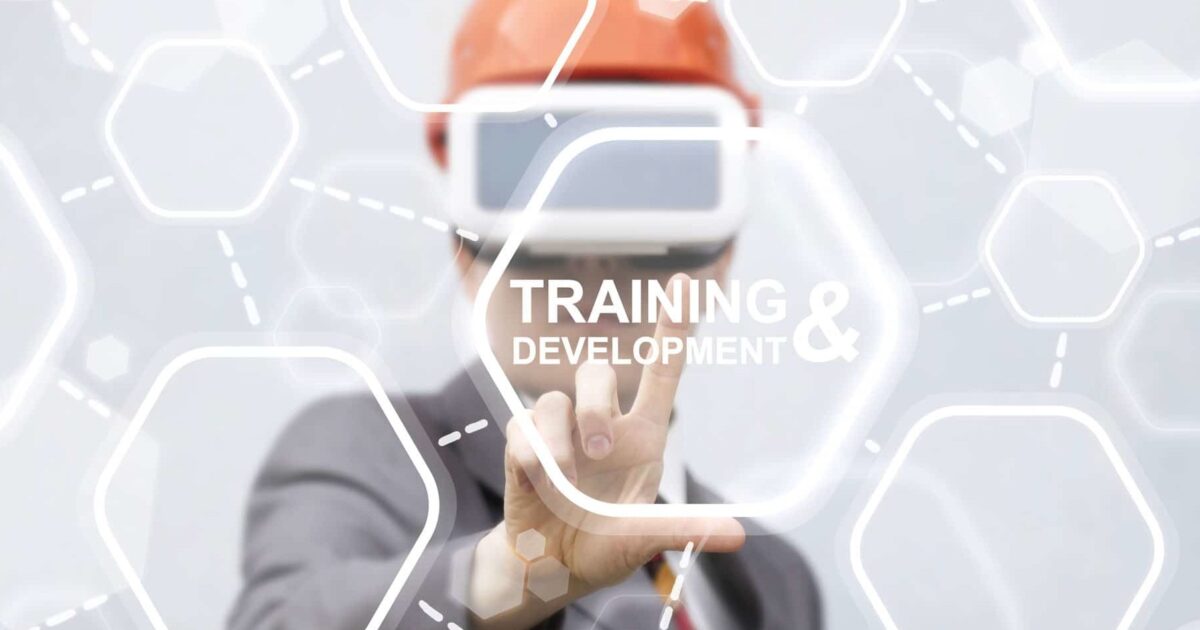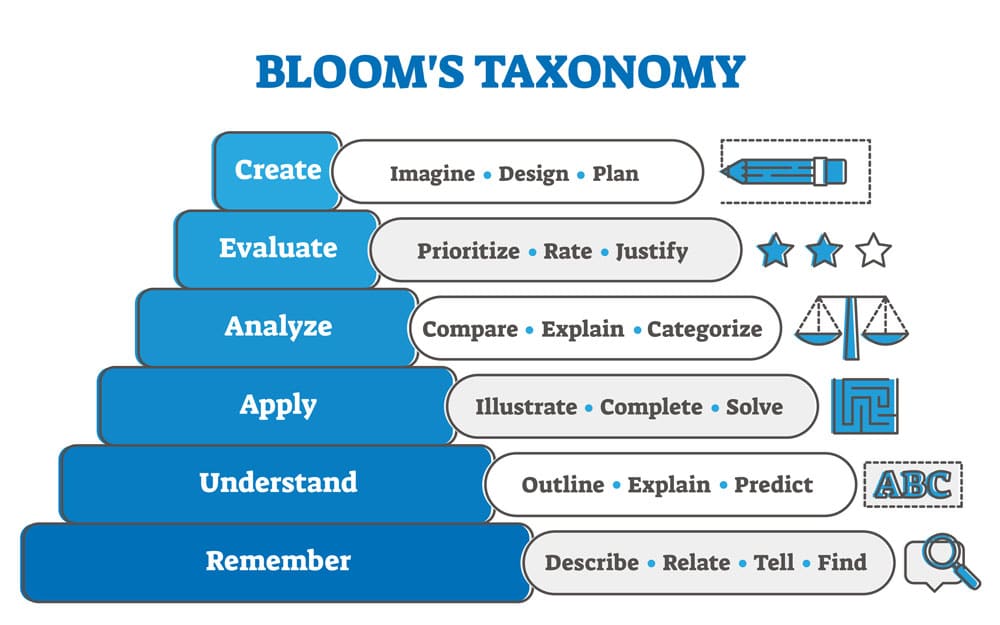
Learning Modality: One size does not fit all!
I was recently approached by a large corporate P&L leader, to create “an hour-long microlearning course”. Apart from the fact that anything over 15-minutes isn’t technically micro-learning, as their training development partner, I began to probe reasons why the training was being envisaged in the first place. I unearthed that an eLearning course would not be the right modality to accomplish what they were trying to do, and therefore the genesis for this blog. This blog discusses two commonly misunderstood topics:
(a) what is the right modality to use for addressing different training outcomes and
(b) if eLearning is indeed the right modality, then which eLearning level should the training be developed at?
Broadly speaking, anytime you want a skill gap addressed, you could do so in one of five modes – instructor led (ILT), eLearning, immersive learning (virtual reality, augmented reality or mixed reality), a mentorship or coaching program or a blended training approach (which could be a combination of one or more of the above). There are others that you may hear about, like mobile learning, simulations, gamification or social learning, but I would classify those as facets of the eLearning or ILT modality and not as a separate modality in itself.
How to choose a learning modality?
The key factor in determining training modality is expected training outcome(s). For example, if you wanted to introduce everyone in the organization or your department to a new finance tool, you could effectively use an instructor led session (if everyone was present or going to be present in one location and everyone understood one language) or an eLearning course (which could be in smaller microlearning modules and could be easily localized and translated) to introduce your audience to this tool. If, however, you found that there seemed to be reluctance in the adoption of the new tool (perhaps because the solution you were trying to replace had been around for a long time), and you wanted to influence a behavior change, then an ILT or eLearning in itself would serve a very limited purpose. A blended approach, with constant touchpoints and intervention, would be the more appropriate solution. Immersive learning has huge advantages if you wanted to simulate the real experience and it was important for your audience to learn by doing (which is several times more effective than an eLearning or ILT deliverable). Sometimes more than one modality may fit the bill, in which case other aspects like audience profile (millennials prefer eLearning while Gen Z prefer ILT), audience location (dispersed audience or centrally located) and size of audience (number of times you need to conduct the training) may help you make your final selection.
The Right Level for the Right Audience
If, after applying the above criteria, you decide that eLearning is the appropriate approach, the next question you need to address is the level at which the course needs to be created. eLearning levels fall between levels one and three – one being the most basic to three being the most advanced. An enhance PowerPoint would be a good example of a “level one”. In this example, the information is useful and there is some degree of expected recall.
In 1956, Benjamin Bloom created “Bloom’s Taxonomy”. Bloom’s Taxonomy is a framework that eLearning courses are often mapped to when determining the appropriate level of the eLearning output for the audience.

If your learning objectives fall within Bloom’s level 4 or higher, you may want to consider a modality other than eLearning. It’s also important to note that learning doesn’t necessarily always fall neatly into a specific level. It’s appropriate to have a course sit within levels 1.5 and 2.5.
Regardless of the modality you choose, it is key that the objective and desired outcomes are well understood and aligned on. By choosing the correct modality, learners will be more engaged, and knowledge will be more successfully absorbed and retained.
